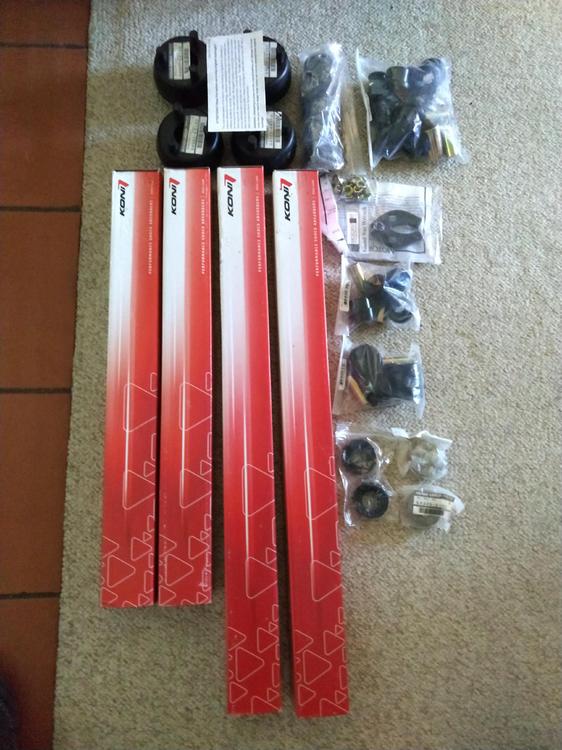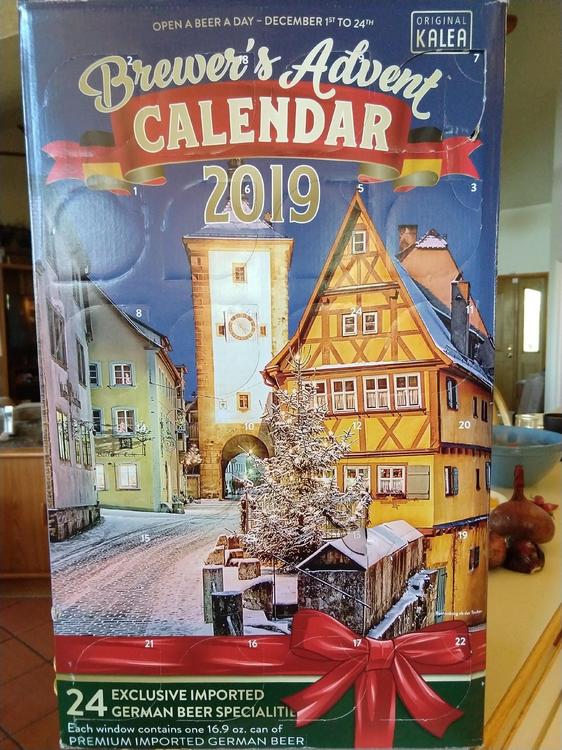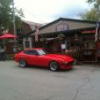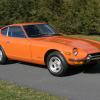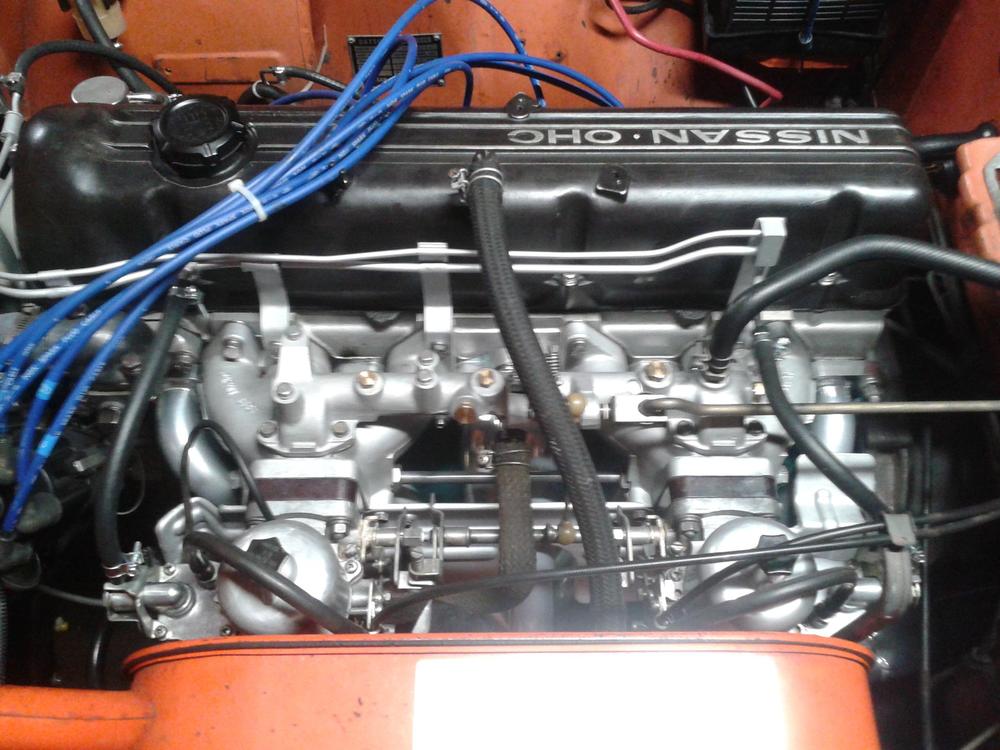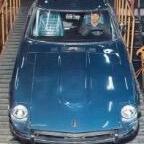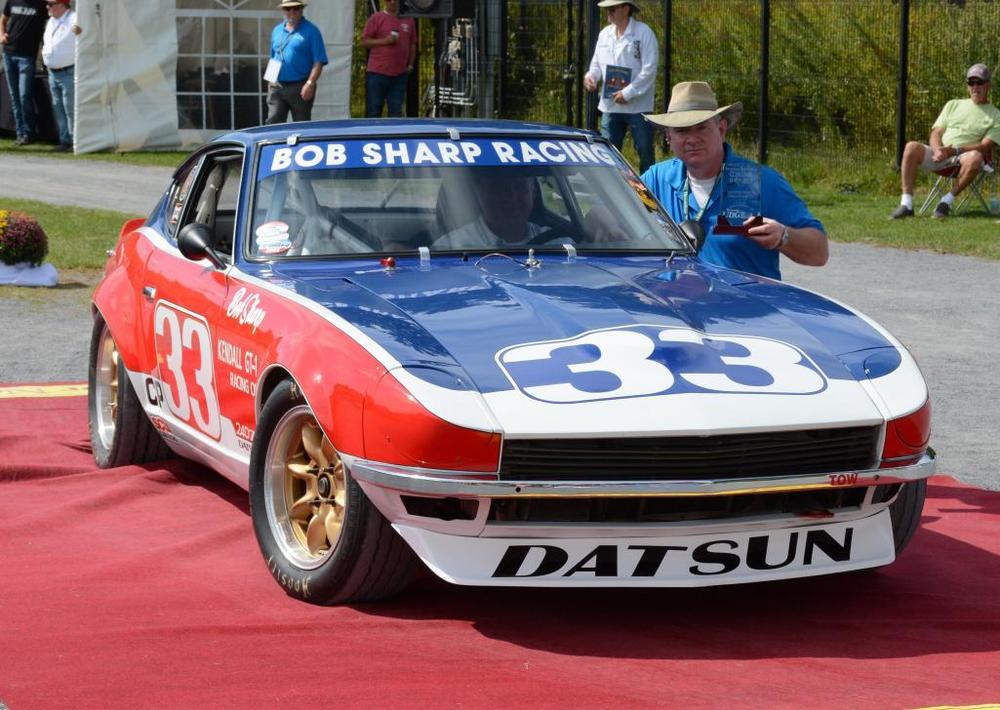Leaderboard
-
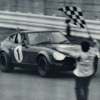
HS30-H
Free Member5Points5,420Posts -
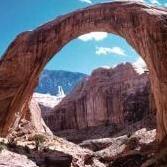
w3wilkes
Free Member4Points904Posts -
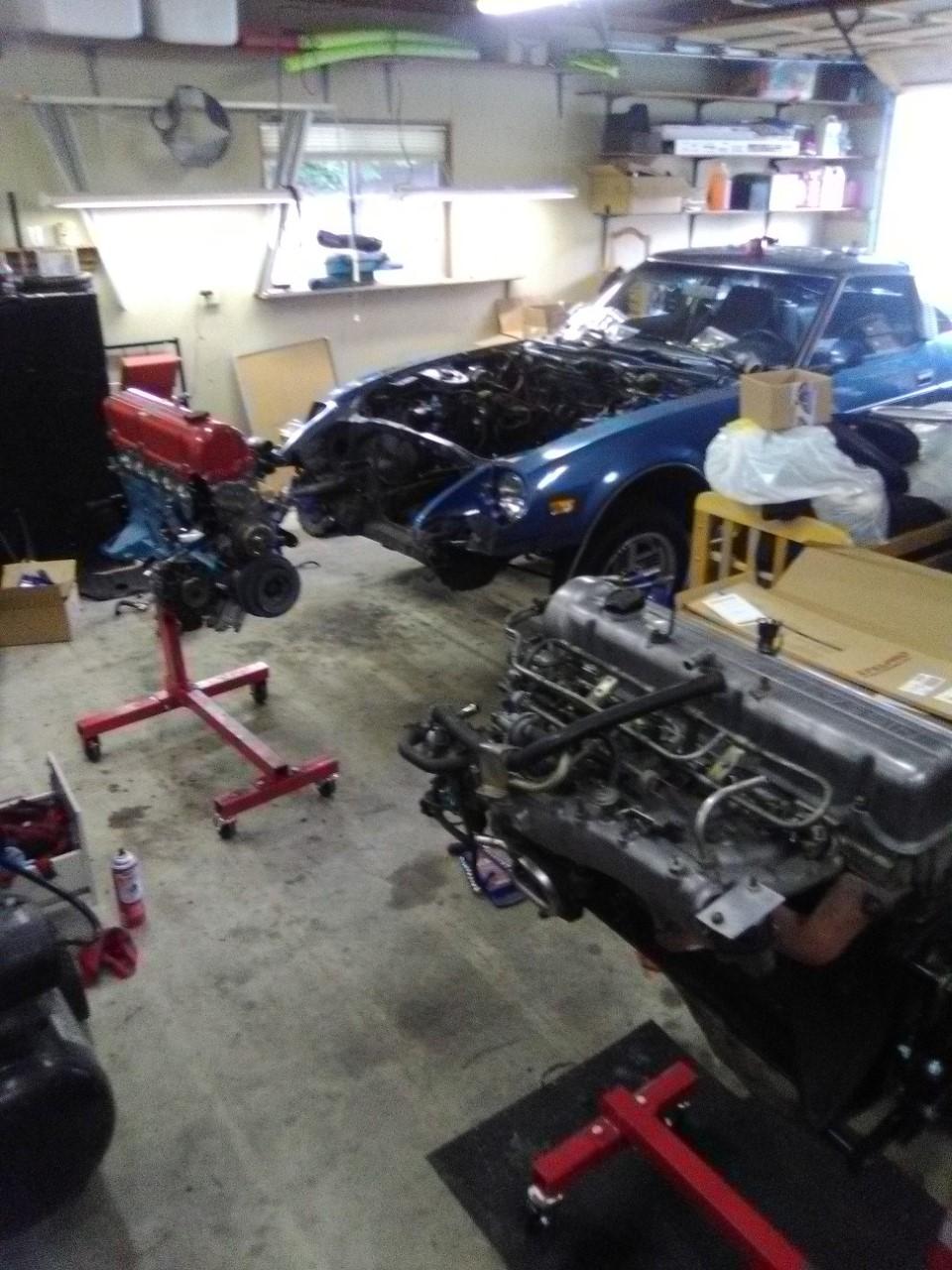

Reptoid Overlords
Free Member3Points805Posts -

siteunseen
Free Member3Points14,903Posts
Popular Content
Showing content with the highest reputation on 10/11/2019 in all areas
-
Early Christmas
4 points4 points
-
Replace heater core
3 pointshttps://www.classiczcars.com/forums/topic/56726-heater-core-alternative-escort-core-into-260280/ I saved the link in case my used core ends up being bad.3 points
-
L28+(maxima)47 build
2 points
-
Is Walker 15566 the correct carb rebuild kit? YES!
Here are some measurements for you. I opened up my 72 3 screw carb set from my 24k mile 240z I am refreshing. I don't think these carbs have ever been touched. They even have the original needle jets. Anyway, the front carb has the caps with the longer ears. The length of the front cap ears from cap to the end of the ear is approximately 18.1mm or .7125 inches. The length of the front cap ears from the cap to the approximate center of the pin hole is 14.15mm or 55.70 in. The rear carb has the cap with the shorter ears (same as what your 4 screw carbs should and do have both front and back). The length of the rear cap ears from cap to end of the ear is approximately 12.78mm or .5035 inches (consistent with what you measured). The length of the rear cap ears from the cap to the approximate center of the pin hole is 8.52mm or .3355 inches. So here is what I think and others can weigh in as to whether I am understanding correctly. You have 4 screw carbs that have the correct float bowl lids with the short ears (or towers) both front and back. The problem is, someone installed a needle jet kit at some point that is for a 72 carb setup so your rear carb has a long needle jet and a short ear lid....which will / should never work. I think that if you install two short needle jets and set the float levels you should be in business. Wells makes rebuild kits and they sell short or long needle jets. If my notes are correct, CK749 is the short needle jet kit. You could also just order needle jets from ZT because I think all they sell is short. If I remember and understand what you wrote above you are struggling to install a short needle jet on the rear carb. What the prior owner probably did is severely bend the adjustment tab to force accommodate the long needle jet. So, you may need to do some tab reshaping. Use your front carb cap tab as a guide. Hope this helps.2 points
-
Does anyone have these for sale, or know where to find ?
With respect, I think the answer - for your 1971 production HLS30U model - was clearly given by Kats further up the thread. The highest probability is that your car did NOT come with one as-delivered from the factory, but could accommodate the fitting of one if that's what you want to do.2 points
-
Early Christmas
1 pointYep - KONI's on the shelf for a Nov. install, missing the German beer assortment. That is one seriously cool calendar!1 point
-
1976 280Z Restoration Project
1 pointI will definitely slowly read through the whole thread over this winter...1 point
-
'71 Pollution Controls: Keep or Remove?
I put brass plugs on my 72's. Works great and looks pretty good. Not as good as rossiz's but good enough for me. Gratuitous pic...1 point
-
1976 280Z Restoration Project
1 pointBRE style Air Dam, Stainless Steel Harrington bumpers (no rubber strips) stock grill. I know the thread has become long.... but there is some good stuff in there!1 point
-
Does anyone have these for sale, or know where to find ?
Would you say that the styling/design/engineering accommodated other markets/contemporary variants, or not? Rhetorical question: How about other models, or was the S30-series Z somehow unique? NB: I'm not saying that the S30-series Z was conceived, styled, designed and engineered mainly as a Japanese market model (who would say that?) but that the cars themselves - and the components they are built up from - tell us that the "Made For The USA" story is more of an advertising slogan than anything else. If you've seen all the contemporary variants in the metal and examined them closely, I don't see that you can think other than that these cars were very cleverly designed and engineered to accommodate several different contemporary variants and markets. Just like pretty much all of Nissan's product of the same period, in fact.1 point
-
Parts Wanted: Early Datsun 240Z Balance Tube
1 point
-
Replace heater core
1 pointIf I remember right I didn't want to do it so bad I went looking for a reason not to. I live in a hot climate too but I do use the defrost on occasion. Anyhow you can easily hook your new hoses on the two nipples off the heater core. Close one off and blow into the other to check the core for leakdown. I wouldn't blow very hard or you may create a leak.1 point
-
Parts Wanted: Early Datsun 240Z Balance Tube
What you want is an early Euro or Canadian balance tube, the one without all the bosses for mounting emissions equipment on. I had a Canadian car, 03778, that had the Euro balance tube, as all the early Canadian cars did. I would guess that maybe the Japanese Fairlady cars had that kind of balance tube also. I had a spare Euro balance tube that I got from the UK a few years ago but sold it. I would try placing want ad notices in those countries. You need persistence and patience. They are very in No America.1 point
-
Does anyone have these for sale, or know where to find ?
Except that we are constantly told that these cars were "...made for the USA", "...designed for the USA", "...would not exist if it were not for the USA" etc etc. The truth is that several different variants and pretty much a world market were accommodated in the concept, design, styling, engineering and production of the S30-series Z range. All I can say is, don't hold your breath...! So many people were involved in the process, and so many decisions were taken, that we probably should not expect every question to have one, clear, answer. For me, the questions are part of the fun.1 point
-
Does anyone have these for sale, or know where to find ?
If you look further at your car you will see other details that were added because the parts/assemblies were common with those used on other variants and other market models. For example, your radiator support panel has holes and captive nuts to accommodate the fitting of an oil cooler, radiator overflow reservoir tank and air filter box/ducting. Your front differential crossmember has double cutouts and double captive nuts to allow the mounting of a twin pipe exhaust system. There are many details like these on our cars. The holes for the splash pan mounting screws were added to the relevant structural parts of the monocoque when they were made and those components were shared across other variants/markets, so their presence does not necessarily indicate that the car was originally fitted with a splash pan. More that the structure was designed and manufactured with the ability to accommodate one. I think that's a pretty good guess. It seems that some climates considered wet/snowy got the splash pans, whilst others possibly considered predominately 'dry' (except when I go there on holiday...) did not. A little like the initial heated rear window situation for the HLS30U, perhaps? There's also the possibility of a cost factor - however minor - being involved. Some of the decisions made about the HLS30U variants seem to be about cutting costs wherever possible in order to mitigate the chosen selling price. In my experience the splash pans - it does what it says on the box - are very effective. Perhaps a little too vulnerable, and they get in the way when you want to work under the car, but they work.1 point
-
Does anyone have these for sale, or know where to find ?
Hi , I saw the pictures, I think the car was added the later pan at some point before . Except a very few prototypes, US and Canada S30 cars ( 240Z ) 1969 October to 1972 August don’t have the pan . I guess this could be true for all export models . My 01/1970 Z432 has a non - hole pan from the beginning, My 03/1970 US 240Z doesn’t have a pan from the beginning but was added a non - hole pan by me for fun . My 06/1972 Fairlady 240ZG has a non- hole pan from the beginning . My 12/1971 US 240Z doesn’t have a pan from the beginning. Kats1 point
-
Let's show vintage racing pictures. I'll start.
1 point
-
4spd transmission synchroniszer early Z
Well, the new ones seem to be identical to the old ones. Pic shows new synchros installed. The old ones are below (in pic).1 point
-
Does anyone have these for sale, or know where to find ?
Ok , if your 240Z was born in at or before August 1972 , your car doesn’t need the splash pan . Kats1 point
-
1976 280Z Restoration Project
1 point1 point
-
1976 280Z Restoration Project
1 pointMany times I will put bolts and nuts back on the part after it is removed so you have the correct size and length in the correct location. On some parts this is not possible but on many it is...1 point
-
1976 280Z Restoration Project
1 pointAnother good example of how a sand blasting cabinet and fine abrasive glass can clean and restore parts! Sent from my iPizzle ringy dingy device....1 point
-
1976 280Z Restoration Project
1 pointSeriously? You're worried about changing from Philips to Allen or torx on the horns because it might be "obvious"? Seriously? I know obvious (obviously) and that's not obvious. Haha! That said, if I ever, ever, ever see your car, that's one of the first things I'm going to check for. You better thank your lucky stars that I'm not a show judge.1 point
-
1976 280Z Restoration Project
1 pointAt least its not nightmares! Sent from my iPizzle ringy dingy device....1 point
-
1976 280Z Restoration Project
1 pointYou're killing me with those garage pics - be still my heart! I've been down the full resto/rebuild path with my car so here's a few quick tips: - don't trust your memory! Bag and tag every nut/screw/bolt/part immediately as it comes off the car. Become the zip bag king of your block. - tag both ends of each electrical connection before they come apart or tag a single end with its function/location. - write down each item to be replaced as soon as you identify it as such. - throw nothing away until after the replacement is fully installed. I fully dismantled my car and then life intervened. When I got back to it 10 years later the above practices paid off big time. Looking forward to your updates.1 point




